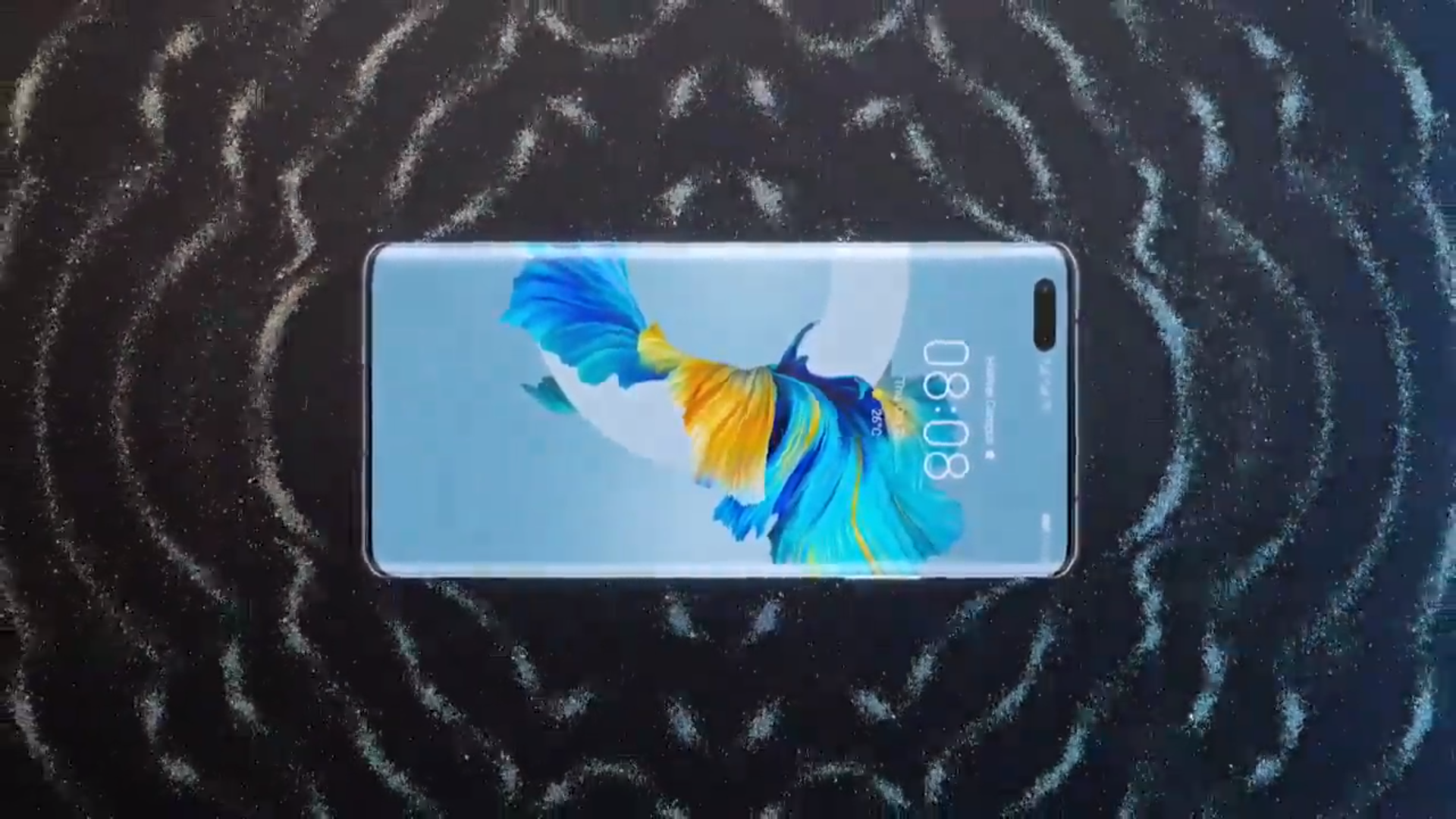The Huawei Mate 40 series comes in two variants – the Mate 40, Mate 40 Pro, and the Mate 40 Pro+. The vanilla version comes with a 6.5-inch Flex OLED panel, while the Mate 40 Pro and Mate 40 Pro+ comes with a larger 6.76-inch Flex OLED display.
The screens boast a 90Hz refresh rate and 240Hz touch sampling rate. Huawei says that they could’ve packed the phones with 120Hz panels, but for a battery life, they’ve opted for the 90Hz screen instead, which offers better balance.

Under the hood, all three models sport a Kirin 9000 chipset, which is a 5G chip that’s built on a 5nm architecture. The module packs a Mali-G78 24-core GPU which Huawei claims offer 52% more performance than before.
The Huawei Mate 40 comes with a 4,200mAh battery, while the Mate 40 Pro and Mate 40 Pro+ comes with a larger 4,400mAh battery; the latter two also has support for 66W of SuperCharge fast charging, and 50W of wireless charging.

For imaging, the Mate 40 series come with a 50MP Super Sensing main lens – the vanilla model and the Mate 40 Pro comes with a 16MP ultrawide lens. The former is capable of 5x optical zoom, while the latter can go 7x and have a 5x zoom periscope lens. The Mate 40 Pro+ comes with a 20MP ultrawide cine lens, and a ToF camera. There’s also a 10x zoom periscope camera, and is capable of 17x optical zoom. Huawei 40 Pro and 40 Pro+ come with two selfie lenses, one of which is a 100-degree ultrawide shooter.
The Mate 40 and Mate 40 Pro comes with several colours including the Mystic Silver, and the Vegan Leather finish green and yellow. The Mate 40 Pro+ comes in Ceramic White and Ceramic Black.

The Huawei Mate 40 (8GB+128GB) is priced at 899 Euro (about RM4,406), while the Mate 40 Pro (8GB+256GB) costs 1,199 Euro (RM5,823), and the Mate 40 Pro+ (12GB+256GB) will set you back 1,399 Euro (about RM6,857). There’s no word on its local availability yet, but we’ll be sure to keep you updated when we get more information.


